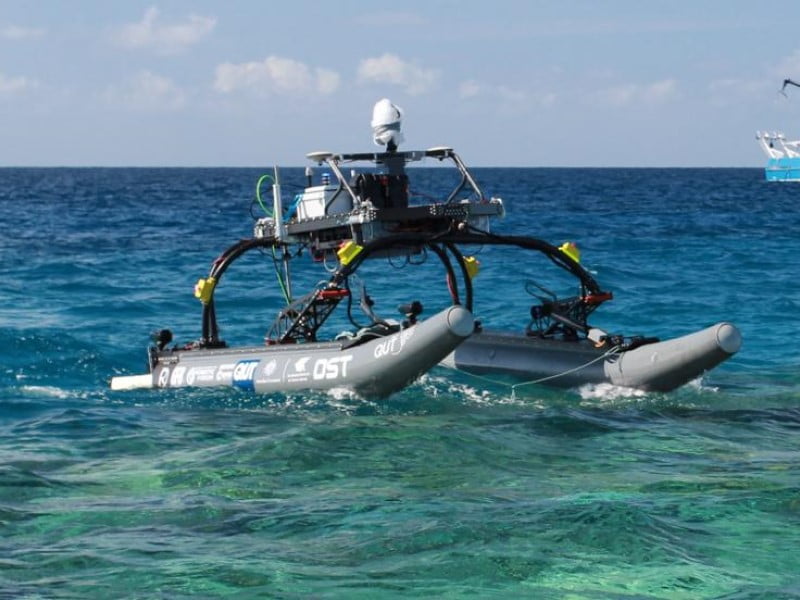Regulatory gaps are holding back the deployment of undersea drones and other autonomous marine vehicles, according to the Australian Institute of Marine Science.
Representatives from the Australian Institute of Marine Science (AIMS), which is currently reviewing its support for the technology, made the comments during Senate Estimates hearings last week.
AIMS is supporting the development of a marine technologies industry in Australia through its test ranges, especially because “all of the technology that gets developed largely in the Western world is not for the tropics, and so you find that you need to do a lot of development yourself”, executive director strategic development David Mead said.
It is looking to develop or acquire technology to improve marine monitoring and characterisation practices, which includes autonomous camera systems or platforms. For example, the institute’s long-term Great Barrier Reef monitoring program is predominantly done with divers “but there are locations that are too dangerous to put [them] in the water these days”.

But there is currently a globally recognised regulatory gap for autonomous marine systems, although work in the space is ongoing. Current controls mean that “generally you’re not allowed to use [autonomous marine systems]”.
“We ran into this roadblock ourselves, we fell on technology that we wouldn’t get a permit to use,” Mr Mead said.
“It’s not that we’re in an unsafe position at the moment, it’s quite the opposite. But if we are to shift down the technology approach …[such as the development of drones and autonomous systems] in our marine estate, we have to develop frameworks that allow us to safely utilise that.”
The institute has partnered with the Australian Maritime Safety Authority (AMSA) to develop frameworks on how autonomous systems can be certified as ‘trusted’ or ‘safe-to-use’. Mr Mead also highlighted that the United Kingdom’s Plymouth Marine Labs is another AIMS partner developing a regulatory framework.
Another barrier to the marine technologies sector is access to cost effective test and development environments, particularly for small to medium-sized enterprises.
ReefWorks, an AIMS initiative, is seeking to address this. It oversees a number of testing facilities including the world’s first marine technology test range located in an exclusive scientific zone on the edge of the Great Barrier Reef near Townsville.
Still in its foundation phase, the initiative includes partnerships with the Queensland government to assess the benefits of proceeding over the long-term. Initial scheduled tests have also been undertaken with industry and the Department of Defence, although there is no formal relationship with the latter.
“We’re trying to understand what the industry and defence requirements might be, and a few of those have involved Defence,” Mr Mead said.
“In this case, the types of things that they’re interested in is a location where they can test communications, remote operations and things like this. Because of our location [in the Great Barrier Reef], there’ll be strict limitations around the types of things that we test into the future.”
Mr Mead said Defence is similarly looking for sovereign developed capabilities that can operate in the tropics and clarified that ordnance or other weapons are not being tested through ReefWorks.
This included the hosting a part of the Royal Australian Navy’s (RAN) Autonomous Warrior exercise in May this year. Over the whole exercise, which also took place at other locations, RAN tested 40 autonomous systems and technologies across maritime, shore, air, and land operations.
Autonomous Warrior was the first time a ‘swarm’ permit for autonomous vehicles was issued by the AMSA. A swarm is “a collection of vessels working cohesively, directed by an operator”, according to AIMS.
Do you know more? Contact James Riley via Email.

